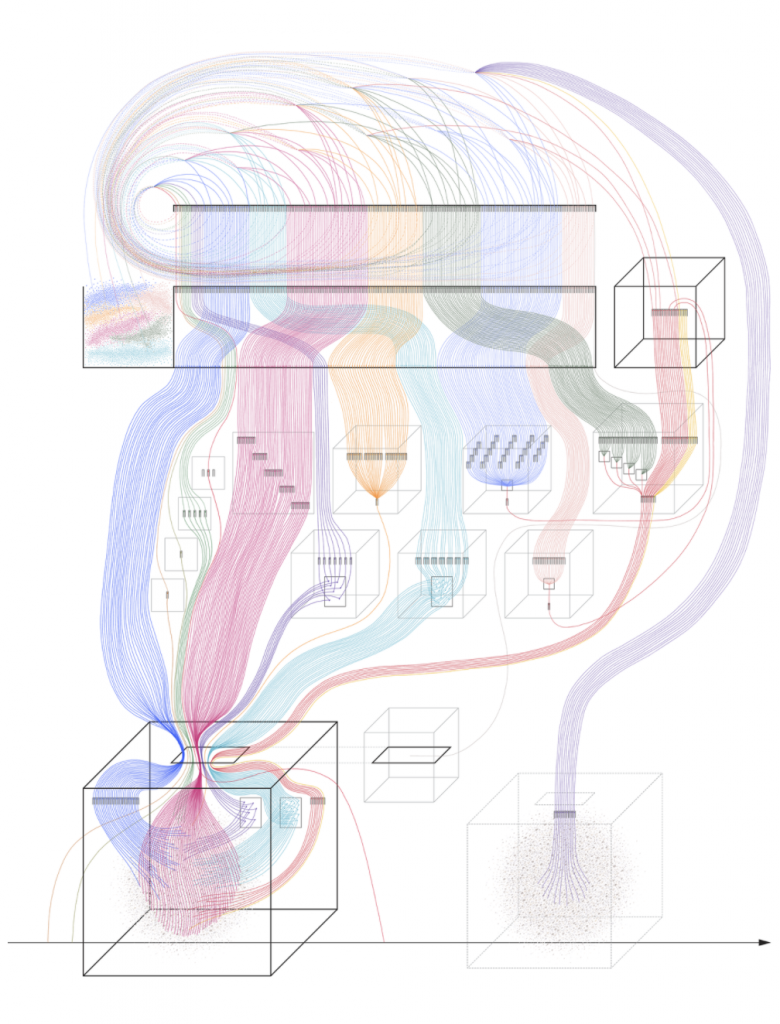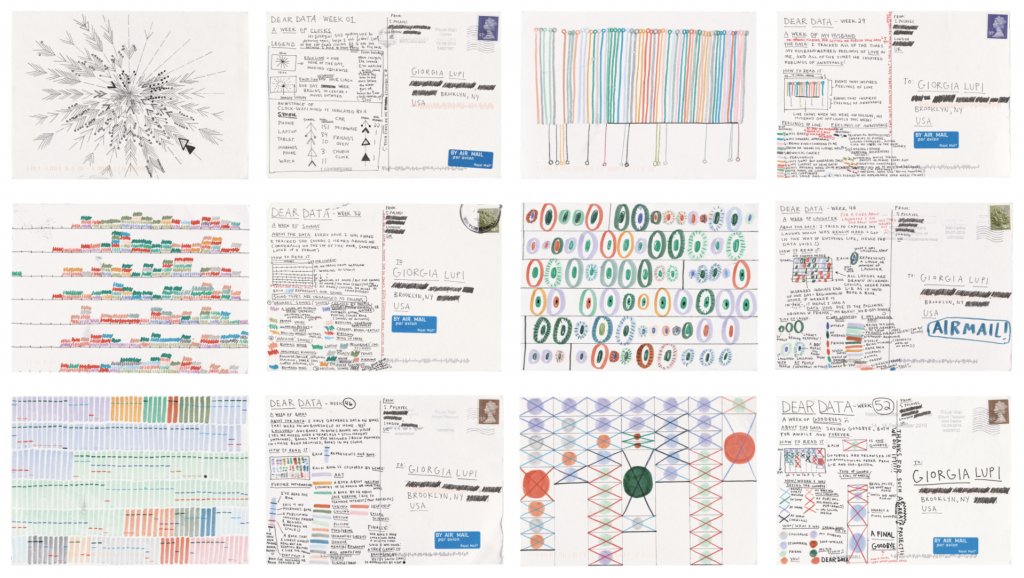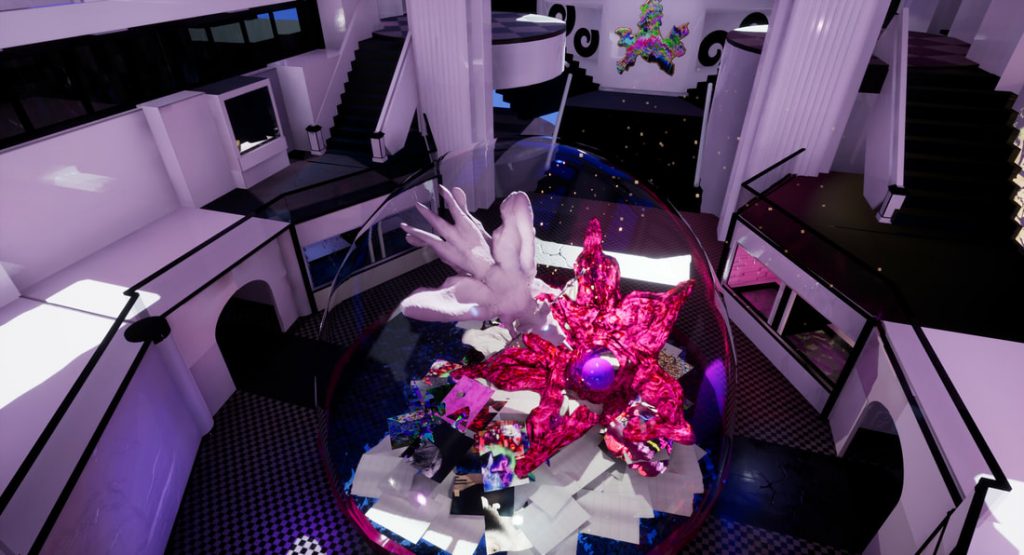Stefanie Posavec is a freelance designer focused on data-related design and her work includes data visualization. Her personal work often uses a hand-crafted approach to representations of data derived from language, literature, or scientific topics. Posavec is based in London, England and studied graphic and communication design. Posavec describes herself as a designer and artist whose practice focuses on finding experimental approaches for the communication of information.
I admire how her work makes data more accessible and how the way she works is through the idea that observing is creating. I admire this because it’s important that relevant information be shared with as wide an audience as possible and because she’s able to add visual beauty and humanity to objective realities. I admire her art.park.data project because the result’s pictorial format fits its data collectors (children) and setting well (it’s bold yet simple). I also admire her Writing Without Words project because the final form looks like random tree structures but it is actually displaying quantifiable data that helps the audience look at the subject differently and emphasizes hidden complexities.
To present their work effectively, Posavec provides numerous anorak examples, some personal and some historical, some complex and others quite straightforward; after doing this she makes sure to note the connections between these despite the first-glance differences. I can learn to remember to tie things back to a general theme, as she did during her presentation when relating back to her theme of making (make sense, make a connection, make a memory).
![[OLD SEMESTER] 15-104 • Introduction to Computing for Creative Practice](../../../../wp-content/uploads/2023/09/stop-banner.png)



